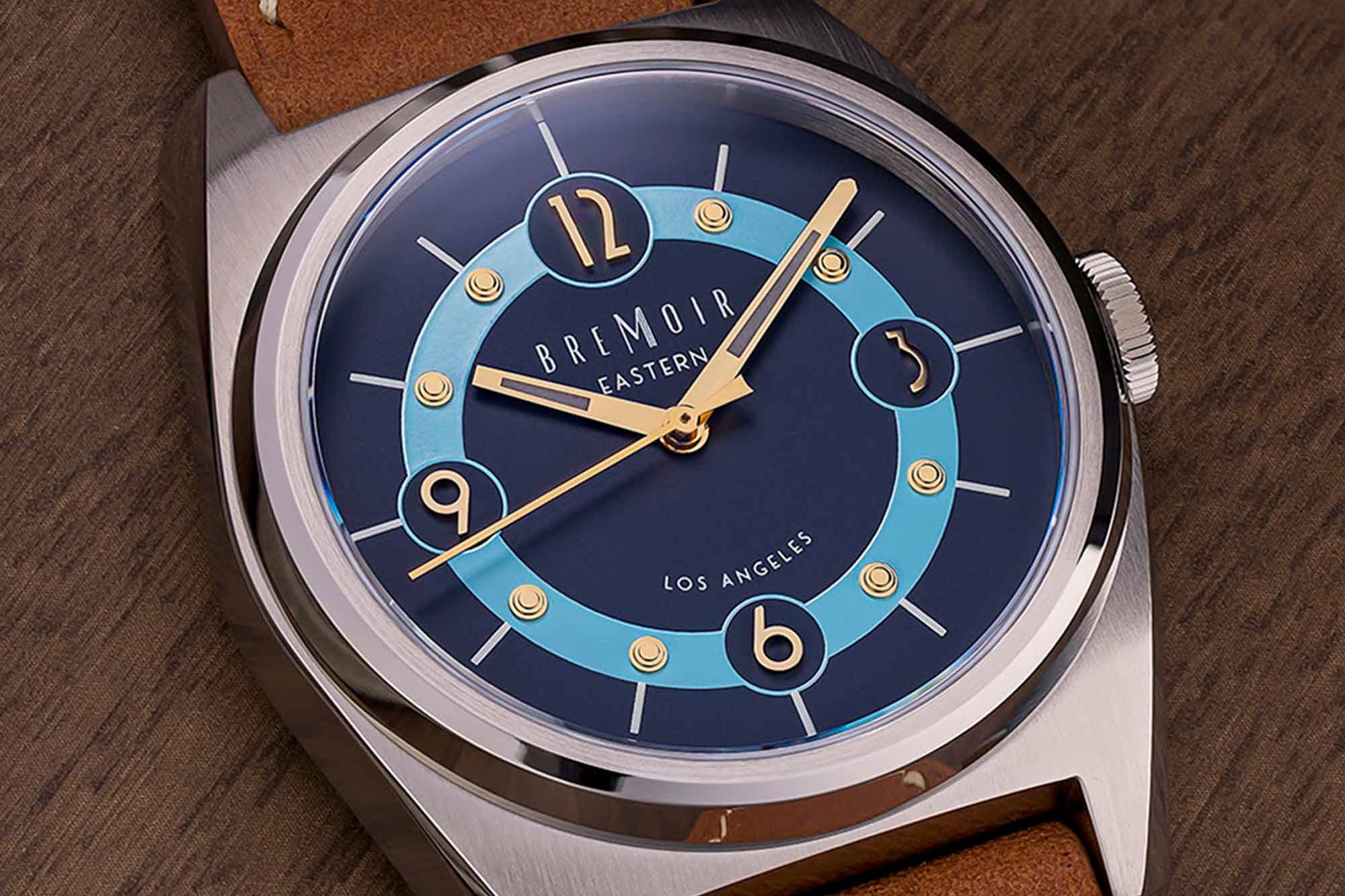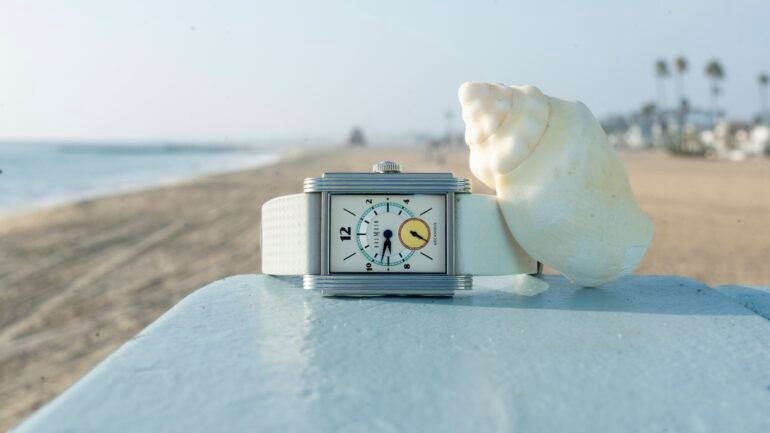Virtually every watch enthusiast is familiar with Art Deco, even if they don’t know it. Art Deco, short for Arts décoratifs, first appeared in Paris in the 1910s and spread across the globe over the following two decades. You may not be familiar with Art Deco’s principles — bold geometric forms and streamlined, mechanical aesthetics, among them — but you are almost assuredly familiar with some of its most famous designs, like the Cartier Tank and JLC Reverso.
Worn & Wound contributor and Art Deco enthusiast Christoph McNeill considers Art Deco “the pinnacle of design,” and says he loves the beauty of the Machine Age design movement’s expression of curves and lines, obsession with mechanical aesthetics, and “streamline” nature. Wristwatches, which became popular about the same time Art Deco came onto the scene, was a natural medium for Art Deco design.
“Because they’re little, tiny machines, right? said McNeill. “It sort of went hand-in-hand.”

So, what does Art Deco design look like in watches?
“It means clean lines, very specific fonts,” said watch collector and seller extraordinaire Eric Wind. “I think of a lot of rectangles, squares, things like that. Less round, unless it’s round within a rectangle. A lot of black on silver. I think of that kind of high shine chrome when I think about Deco as well. More silver than gold.”
Wind cites “a lot of Pateks from the 20s and 30s,” several Cartier models — particularly the Cintree — and Patek ref. 42 and ref. 514 as prime examples of Art Deco. McNeill would add the Hamilton Putnam, the Hamilton Nelson, and a number of vintage Elgin and Gruens to that list.

Perhaps the leading practitioner of pure Art Deco design in watches today is Bremoir, an American microbrand that takes inspiration from Art Deco buildings for its watches. Bremoir’s latest release, the South Beach, takes inspiration from the colorful 1920s architecture of Miami Beach, while the Bremoir Eastern draws on the Eastern Columbia Building in Los Angeles and the Lexington model was inspired by the Chrysler Building.
Bremoir founder Patrick Bremmer got into watches when he was in high school, but it wasn’t until he graduated college that he started seriously collecting. He started with vintage watches “because they were so affordable at the time.” What was initially a matter of financial consideration turned into a pivotal taste-forming moment for Bremmer, who soon found himself increasingly drawn to Art Deco design.

Like many other watch enthusiasts, Bremmer dreamed of being able to create his own watches, and with the help of a friend who is an industrial designer, he started doing just that. The Bremoir Lexington and Eastern followed, and the brand developed something of a cult following thanks to its unique design language.
The South Beach is still very much made with that design language, but its rectangular case with stepped sides make it visually distinct from Bremoir’s previous two models. It’s powered by a La Joux Perret manual-wind movement with soigne finishing, viewable through an exhibition caseback, and features hallmarks of early luxury watchmaking, like blued steel hands, with modern comforts, like a sapphire crystal. The early Bremoir watches are very well made, but the South Beach represents a notable step up for the brand. Along with it has come an increase in price, with the South Beach costing $1,985, a significant premium over the $1,145 price tag of previous models.
Bremmer is already considering what buildings can provide the spirit of his next model.
“You often find him just sat in the lobby of an Art Deco building, staring at the walls like some sort of weird person,” Bremoir’s PR representative Richard Bookey joked of Bremmer.
“I’ve been debating in my head whether I want to take it international or keep it, very American brand, because there’s hundreds of amazing Art Deco buildings here in the States,” said Bremmer. He cites the Carbide & Carbon Building in Chicago, his hometown, as one possibility, and LaGuardia Airport — maybe for a watch with a GMT function — as another.

And there will certainly be another Bremoir model — the South Beach has shown there is an appetite for Art Deco design in the watch world. The watch is being pre-sold on Kickstarter and it has already blown past its $15,000 goal, reaching about six times that amount at the time this article was written.
While Bremoir is one of the few brands making explicitly Art Deco watches, Wind, who consulted in the early stages of the South Beach’s design, noted that the Art Deco influence can be seen all over the place.
“Art Deco kind of led to the modernist movement of architecture in the 1950s and 60s,” said Wind. “Art Deco was part of what led to the Bauhaus movement as well. Obviously those things are very popular still, particularly modern design and clean living.”

Wind cites pretty much all of Nomos’ watches and the Junghans Max Bill as leading examples of watch design that descended from the Art Deco movement. He explains the popularity of Art Deco and its descendents by referring to its “timeless” and “somewhat unusual” nature.
Richard Bookey has a simpler take.
“Art Deco architecture has survived Brutalism, minimalism, and internationalism,” said Bookey. “Perhaps because it’s so damn attractive.”
Alec Dent
2025-10-08 16:00:00

